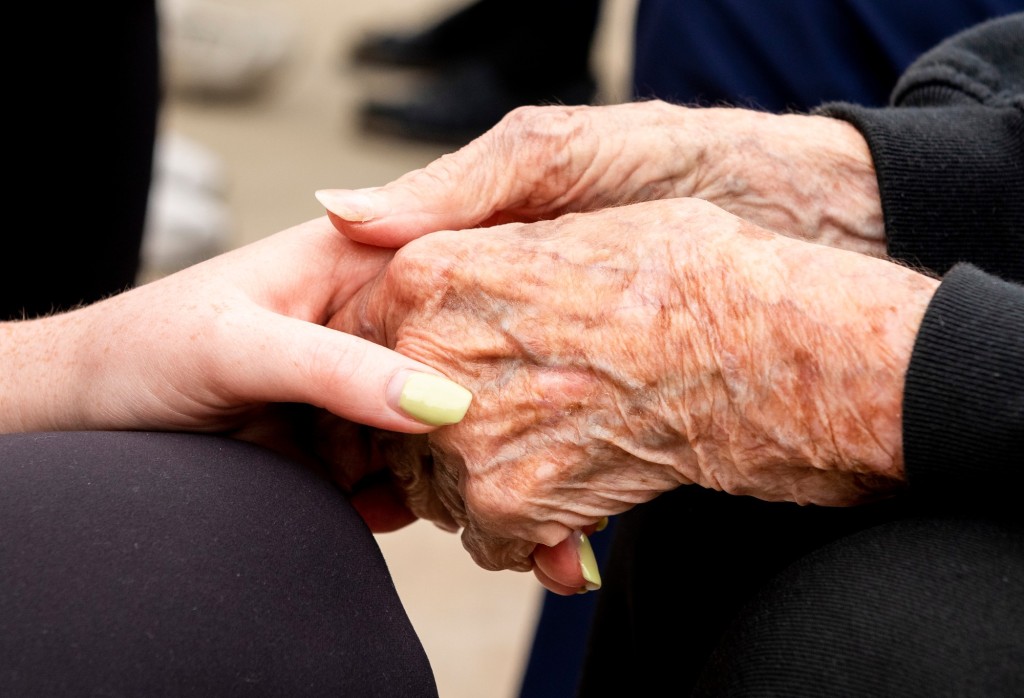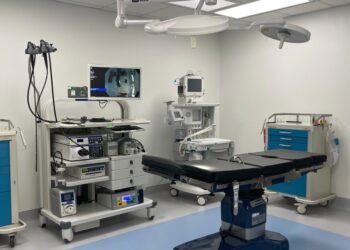By Elissa Lee and Albert Jiang, Contributing Writers
Thomas, 72, was once an avid hiker. Throughout his 50s and 60s he had frequented the sandy trails of Crystal Cove for strenuous and beautiful day-hikes. The retired post office clerk had been struggling with osteoarthritis in his knees for decades, but now the pain in his knees flared so badly that he found himself spending more time indoors – in bed, in the armchair next to his television especially after an unusually rainy California winter.
One morning, after Thomas finished his business on the toilet, he put down his newspaper and prepared to stand up when he realized – he couldn’t. He tried to pull his feet under him to ready himself when he felt his knees increase in stiffness, and then, the pain came on. It was a radiating ache he knew all too well, but now the intensity was excruciating, and for the first time, made Thomas more fearful than annoyed.
As Thomas recounted this incident for me at our first physical therapy session together, he confided in me that the feeling of frustration and embarrassment outweighed the bodily sensations of pain and stiffness in that moment. He called for Lois, his wife, and luckily she was able to pull him into standing. The ordeal, though it was a scenario they had heard about, unsettled both Thomas and Lois. Lois urged Thomas to see a doctor, and they both quietly anticipated an impending knee replacement. After a consultation with their orthopedic specialist, Thomas was encouraged to try the more conservative approach of physical therapy before considering a total knee replacement, and a week later he landed in our rehabilitation clinic.
“They tell me it’s nearly bone on bone”, bemoaned Thomas as he sat on the treatment table. The recent imaging showed significant cartilage degeneration in both of his knees. While he was disturbed by the visualization of his bones grinding together, he was looking forward to trying physical therapy.
What is…
Read the full article here







